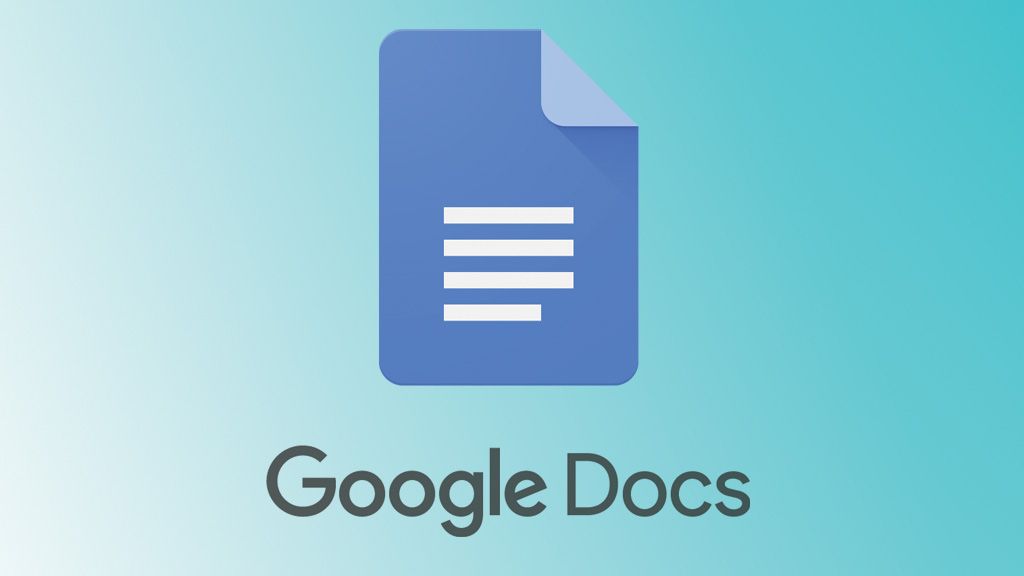Social Media Algorithms Are Controlling How I Grieve
The email from my dead mom casually arrives in my inbox one mid-pandemic afternoon, barely announcing itself. “Beverly Blum just commented on a link you shared,” the subject line reads.
For a single glorious millisecond I allow myself to live in a fantasy world where my mother is using social media from some perch in the great beyond.
And then I open the email: “Great piece — Dad.”
Oh, right. My 82-year-old father never wanted to suffer the indignity of creating his own Facebook account, so he lurks under my mom’s name. “Thanks Beverly Dad,” I reply.
When I stand up to make tea, I notice something else: the digital photo frame in my kitchen is displaying a photo of my mom on a subway in DC when she visited my freshman year. She looks like she’s never been happier; we’re on our way to the zoo.
I feel lightheaded, so I sit on the couch until the dog senses something pheremenolly wrong and transforms himself into a warm lump next to my thigh. Then I remember the other jarring images that Google Photos will inevitably show: my mom at my apartment or in the hospital, singing Ray Charles or connected to a mess of tubes.
I’ve been letting algorithms dictate the way I grieve for more than a year. Whoever created the code that leafs through my photo albums and finds the most important people in my life, then displays said photos in random order, has drastically shaped the emotional contours of my day.
I realize there’s an easy fix to this. I can hide my mom’s photos or block her zombie Facebook account. But I’ve become accustomed to grieving this way. Technology has dictated what I remember and when, because I’ve let it.
Katie Gach, a digital ethnographer at the University of Colorado Boulder, has spent years at Facebook trying to understand users like me. She’s talked to more than 80 research participants, sometimes for hours, about how they interact with profiles of the deceased.
“What we’re finding is that there are a bunch of really steep misalignments in what people need from this system and how it’s actually working,” she says regarding Facebook.
Part of the problem is that Americans are bad at planning for their demise. Though Gach says the official tally is not available to the public, “very few” people have taken advantage of Facebook’s memorialization features, which allow them to name “legacy contacts” that can help manage their profile after their death—and thus avoid the unnecessary triggering of loved ones.
“We can give [people] all the options that they want, but if they’re not communicating ‘Hey, you’re going to be in charge of this, and this is how it works,’ it doesn’t actually help the surviving loved ones that much,” she says.
Memorialized accounts are essentially frozen in digital amber: They can’t be tagged and aren’t included in birthday reminders, but are allowed to exist on the platform for as long as the company’s servers are whirring. (A legacy contact can change the profile photo and post tributes, but can’t make new friend requests or read messages.)
Memorializing an account requires legwork, including providing documentation of someone’s death. But Facebook has other tricks to prevent the deceased from popping up where they shouldn’t be seen: If you take, say, a six-month, off-the-grid trip to Nepal, the platform’s machine learning software will assume you may be dead and proactively remove your name from birthday notifications and invite suggestions, Gach says. But that’s it.
“There’s this sense of divine omniscience with Facebook,” says Gach. “But when has a system ever known somebody died? Telemarketers don’t stop calling. We just don’t think of Facebook as an entity that needs telling about anything because it’s automated itself in so many other areas of our lives.”


